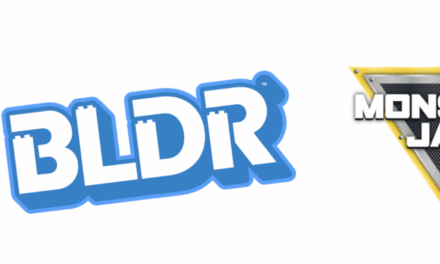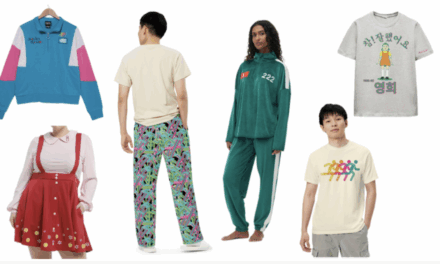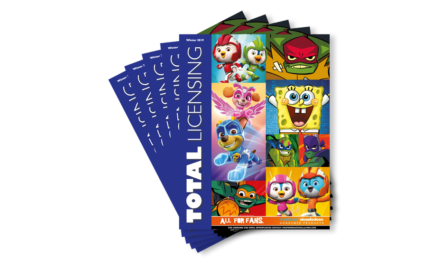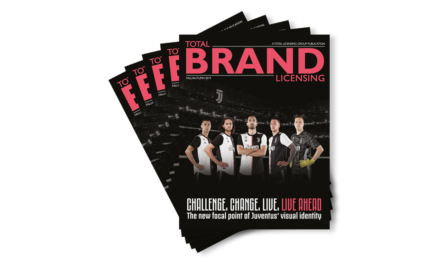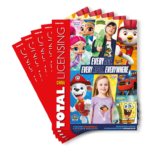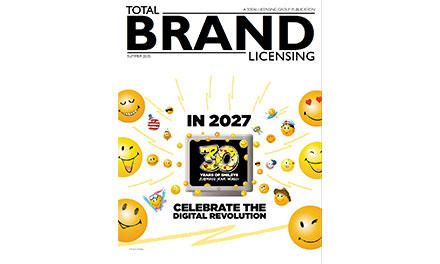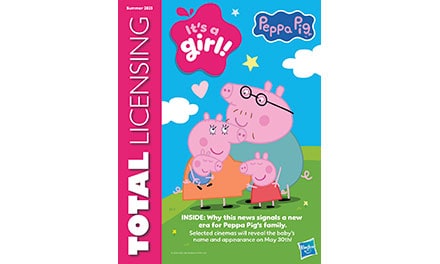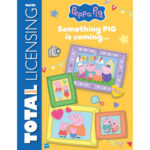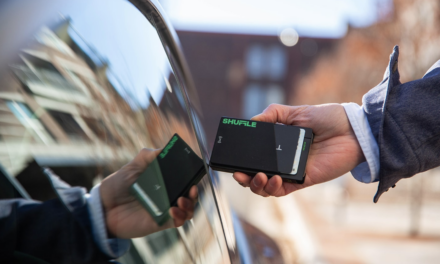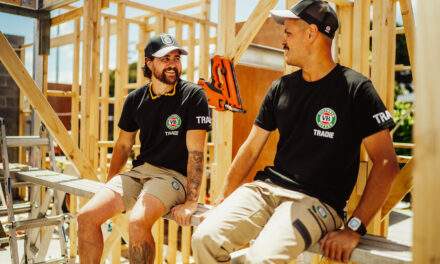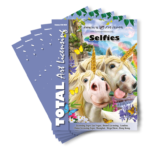
How Brands Can Integrate the Best of In-store With the Opportunity of Online
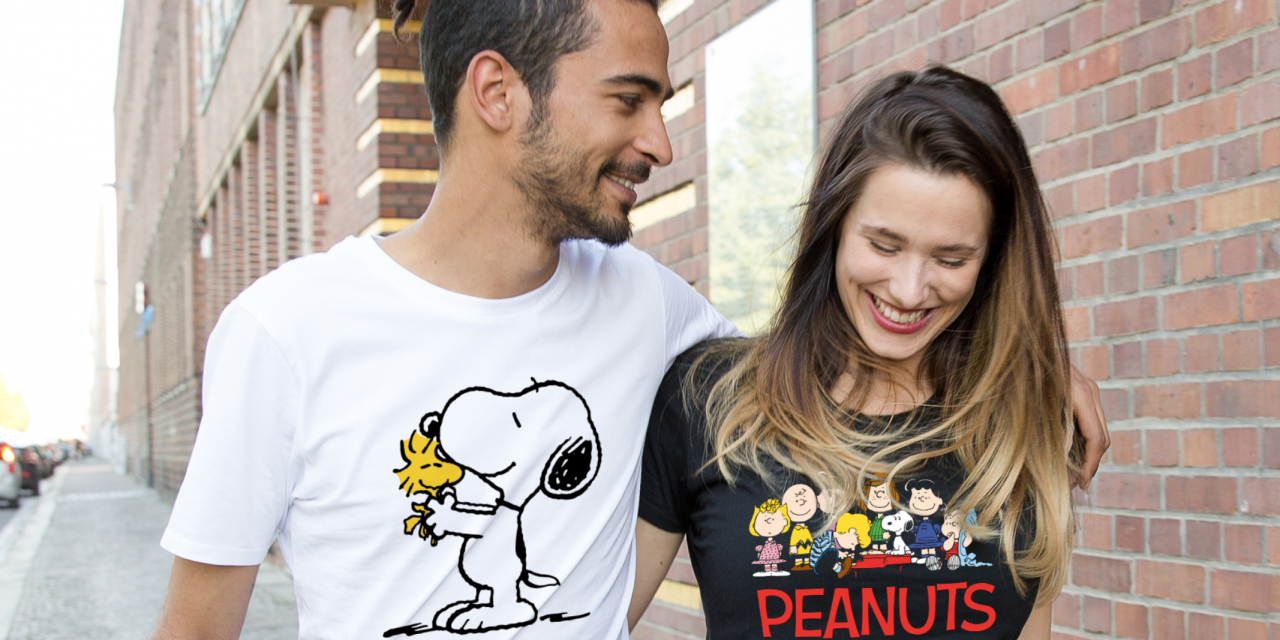
By Sven Burscher, Head of Licensing, Spread Group
Too often the store and the online warehouse have been pitted against each other. Perhaps because they are seen as offering very different ends of the consumer experience: brands are all about the in-store experience and online is just about fulfilment.
But combining the best of both can bring great benefits to brands, and their followers. Brands could gain from space in the showroom store, limited customisation options and trend data that can fuel growth. And a sustainability credential too. Here’s how it could work.
Showroom
Showrooming used to be a negative experience for brands. The habit of consumers to go and look at something in the shop and then go online and buy it cheaper elsewhere, was seen as causing the decline of the High St. There is a definite shift in the industry now however, to offer an in-store experience and combine it with online shopping. Moving the majority of the brand merch online leaves space for a brilliant consumer experience when they’re in the store.
Pop-Ups
The rise in pop-ups, especially for small brands, is supported by online. For brands without a permanent home, or trying out new locations and regions, online offers fulfilment for the pop-up store. But online does more than that; it makes brands more nimble in real life. They get all the desirability of a limited edition, temporary store, with the merch fulfilment of a large shop. Customers can try something on and order exactly the size they want, without crowding out the pop-up with merch.
Customisation
Licensors have traditionally been reluctant to offer personalization. They feared that consumers would move the brand too far from its core values. And yet, this is a huge market. The global market for custom t-shirt printing is estimated at $3.6bn in 2020, rising to $3.9bn in 2021 and reaching $7.5bn by 2028[1].
Ecommerce platforms can help brands navigate this market with limited customisation. They can offer sizes, colours and even new designs, not available elsewhere. They can keep the brand’s colour palate whilst extending the product range.. Adding styles and sizes specifically for women can make the difference between a loved and a worn-once piece of clothing.
Print-on-demand means that even small brands can now offer their followers a little personalisation. This gives their devotees something special and they can also receive valuable feedback on what they like.
Trends
Online allows for brands to test new ideas and find out what fans like. A new design can be posted online, fans can be alerted, and brands can then see what the take up looks like. Which colour do fans prefer (from a limited selection), are they printing it on t-shirts, hoodies, something else? There’s more scope and the results are immediate.
We’re already seeing TV series, animations and films driving print-on-demand merch. It’s becoming a key part of the branding offering for companies like recent Spread Group partners Miraculous, Peanuts and Pippi Longstocking
Sustainability
With print-on-demand, nothing is printed until it’s ordered. Not only does this reduce the brand’s financial risk, it also gives small boost to their sustainability credentials by cutting waste. If an idea fails, it at least was never printed. There are no unwanted designs, extreme sizes or unloved colours to offload.
In-store and online should be partners, not in competition. Both channels to the consumer can bring benefits to license holders. The store has survived over two decades of ecommerce. Now is the time for brands to harness the best of both worlds. A clever combination of in-store and online can test new ideas, promote sustainability and build loyalty with fans. This should be the aim for 2022.

